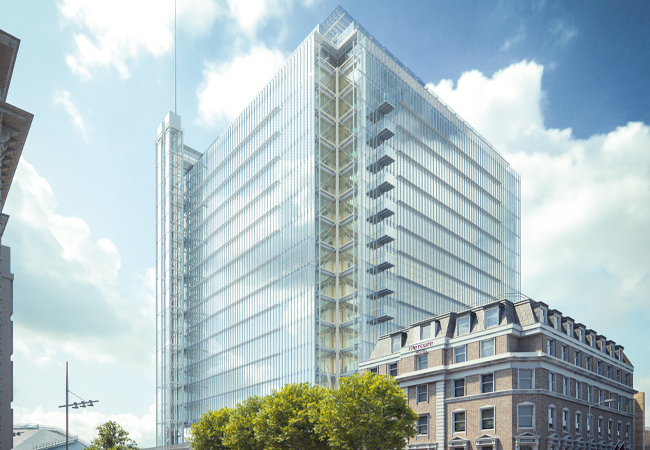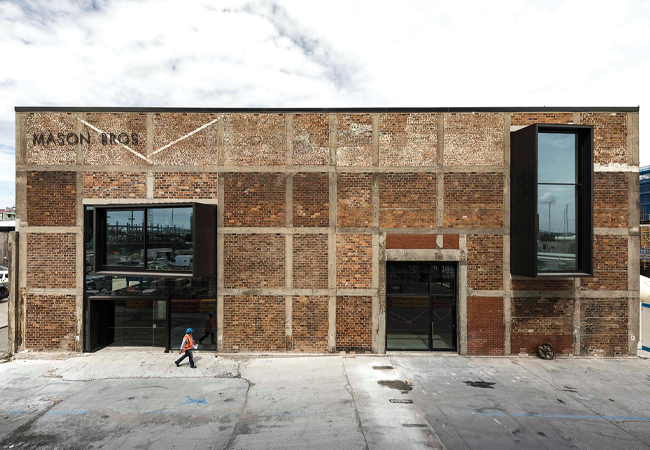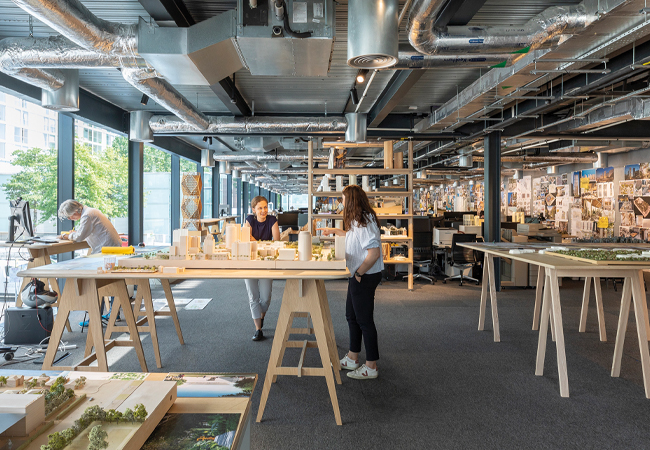
As concern mounts about the effects of climate change, the international community has made commitments to limit global temperature rises. In the 2015 Paris Agreement (COP21), countries signed up to limiting temperatures to well below 2°C above pre-industrial levels, aiming for 1.5°C.
A report by the Intergovernmental Panel on Climate Change in 2021 sets out the risks of exceeding 1.5°C and the need for urgent action in reducing CO2 emissions. The consensus is clear: global emissions need to be net zero carbon by 2050 to avoid harmful climate change.
The built environment is responsible for a significant proportion of CO2 emissions. In the UK, it contributes 23% of national CO2 emissions1, with offices responsible for 17% of the building total.
This article compares operational energy targets currently being set for zero carbon buildings with current building performance. It asks whether zero carbon in operation can be achieved for UK offices without major disruption to how we work? A case study using an office building from the Foster + Partners London campus is used to illustrate some practical options.
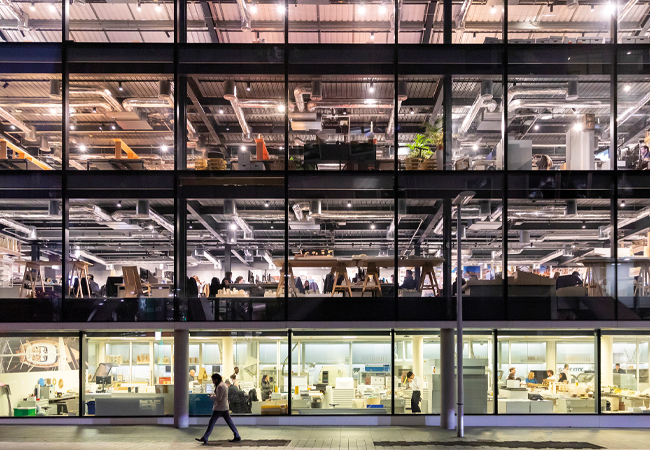
Sub-metering was installed in this Foster + Partners office
In recent reports, the UK Green Building Council, LETI and RIBA have set out sector-specific net zero carbon targets, focusing on embodied carbon and operational energy. We focus on operational energy here because of the importance of existing buildings in the UK and the potential for short-term savings.
The LETI/RIBA targets have been defined top-down, determining the potential for zero carbon energy generation in the UK by 2030 and allocating this energy among the building stock. If the energy targets are exceeded, fossil fuels will still be needed as part of our energy mix. LETI/RIBA state a maximum energy use intensity (EUI) for offices of 55kWh·m-2 per year by 2030.
How close is the average UK office building to the targets now, and what is the scale of the challenge? Data on actual EUI and CO2 emissions is not always easy to find, but national and global benchmarking schemes produce summaries comparing performance. In the UK, a national survey of UK building stock was carried out in 20122 and the Better Buildings Partnership produces an annual survey of commercial building performance3. GRESB collects international EUI data annually.
A selection of current net zero targets with measured EUI for Europe and Asia is shown in Figure 1. (Note: the China standard does not include plug loads.)
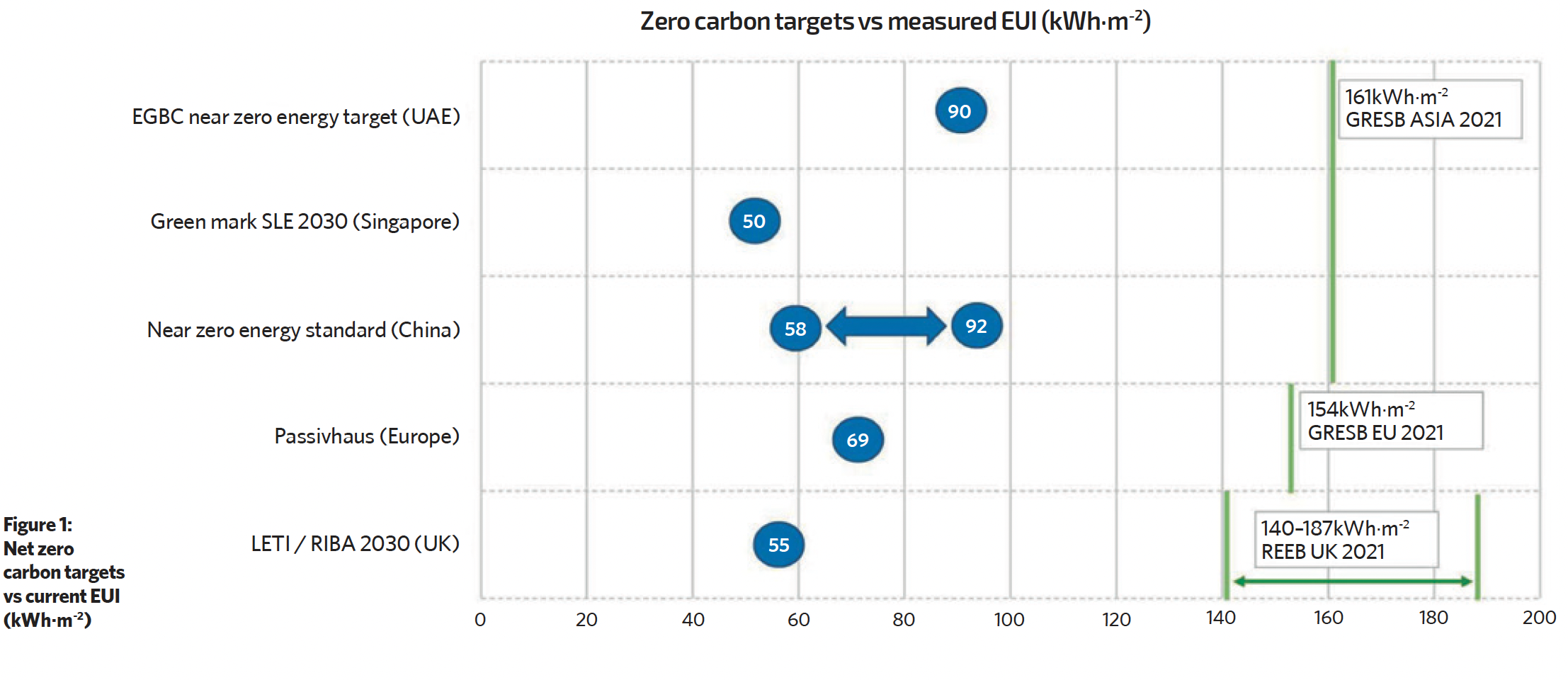
Current office building EUI is exceeding net zero targets significantly. An average UK air conditioned office has an EUI of 187kWh·m-2 per year and needs to reduce its energy consumption by around 70% to become net zero ready.
Even though the scale of the challenge is daunting, there is reason for optimism. Examples of newly built offices that have gone through a soft landing process show that low EUI is possible, while surveys following a group of UK buildings over time3 show a downward trend in office building EUI, with nearly 30% savings over 10 years.
In this article, we focus on office equipment and lighting energy consumption. These end-use categories, together, are responsible for 40-50% of EUI, so will need to be cut significantly (Figure 2). The average UK office EUI for IT, small power and lighting is 79kWh·m-2 per year, but will need to be cut to around 25kWh·m-2, leaving the remainder of the energy allowance for HVAC and other systems.
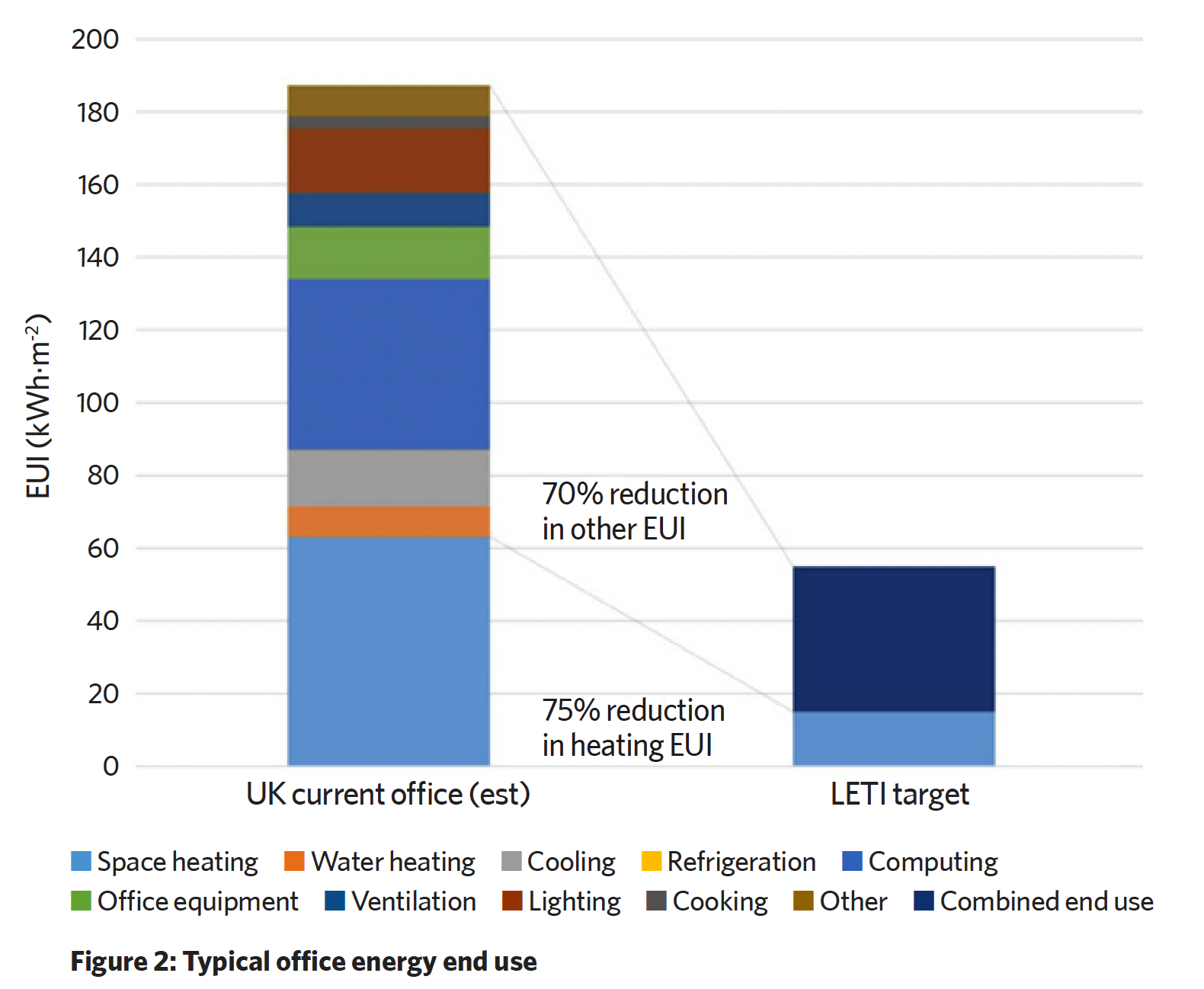
Foster + Partners has its main office campus in Battersea, London, where the majority of its staff are based. For environmental, social and corporate governance reporting and building performance monitoring, energy data is routinely collected from the buildings and, earlier this summer, a new sub-metering system was tested in one of the buildings (see Figure 3). This consists of 15 meters installed on distribution boards to separate HVAC, common areas and office floors. For the office floors, small power, lighting and fan coil units are combined on the distribution boards.

The sub-metering system uses smart meters with GSM modem connection to a data-collection web service. Using GSM-based communications for metering simplifies the set up compared with BMS-connected metering, and improves reliability. From the web service, data is downloaded regularly, either as data files (csv format)
or through an application programming interface. Once the data has been stored locally, the building energy use is visualised through Microsoft’s Power BI dashboard.
Data quality is assessed by identifying missing or zero readings. Overall, the proportion of zero or missing readings is around 10%, so the EUI figures were increased by 10% to compensate. Data was collected in August, September and October 2022, and is pro-rated to annual EUI. Overall EUI will be recalculated when a full annual data set is available.
The building was built in the 2010s and is all-electric with air source air conditioning for heating and cooling. In terms of overall performance, excluding specialist equipment (model making and prototyping), the building is similar to average UK offices. The heating/cooling energy is slightly lower than average and office power higher (see Figure 4).
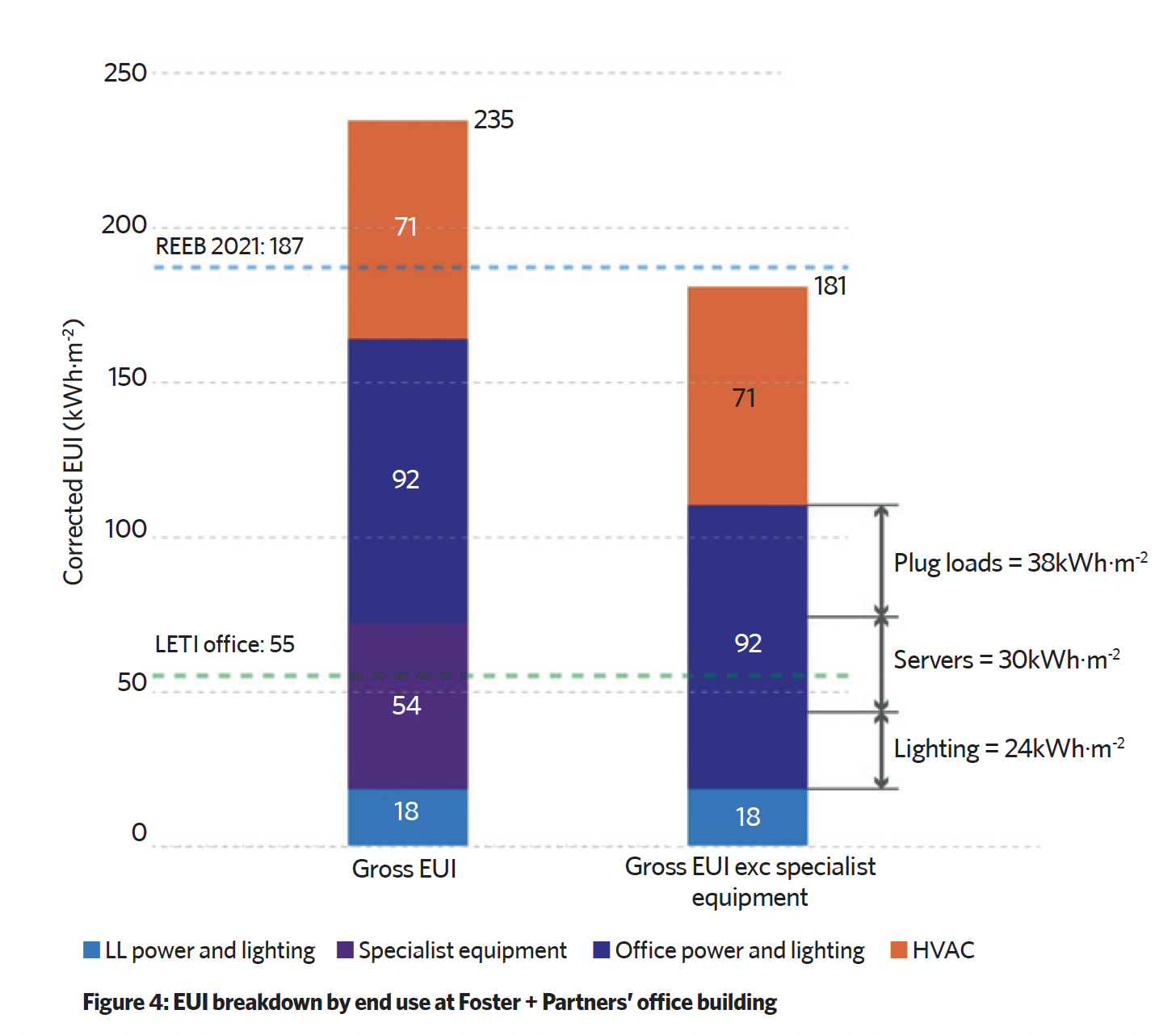
To break down the office power, lighting and equipment on a typical floor were surveyed, together with occupation throughout the working day5. These were compared with sub-meter data and the end-use split estimated. Office power EUI is measured at 92kWh·m-2 per year, which is more than three times higher than the LETI/RIBA target of 25kWh·m-2 per year. Plotting the average weekly trend in power intensity, we can see high usage outside of regular office hours, with the minimum power never falling below 50% of the peak (see Figure 5).
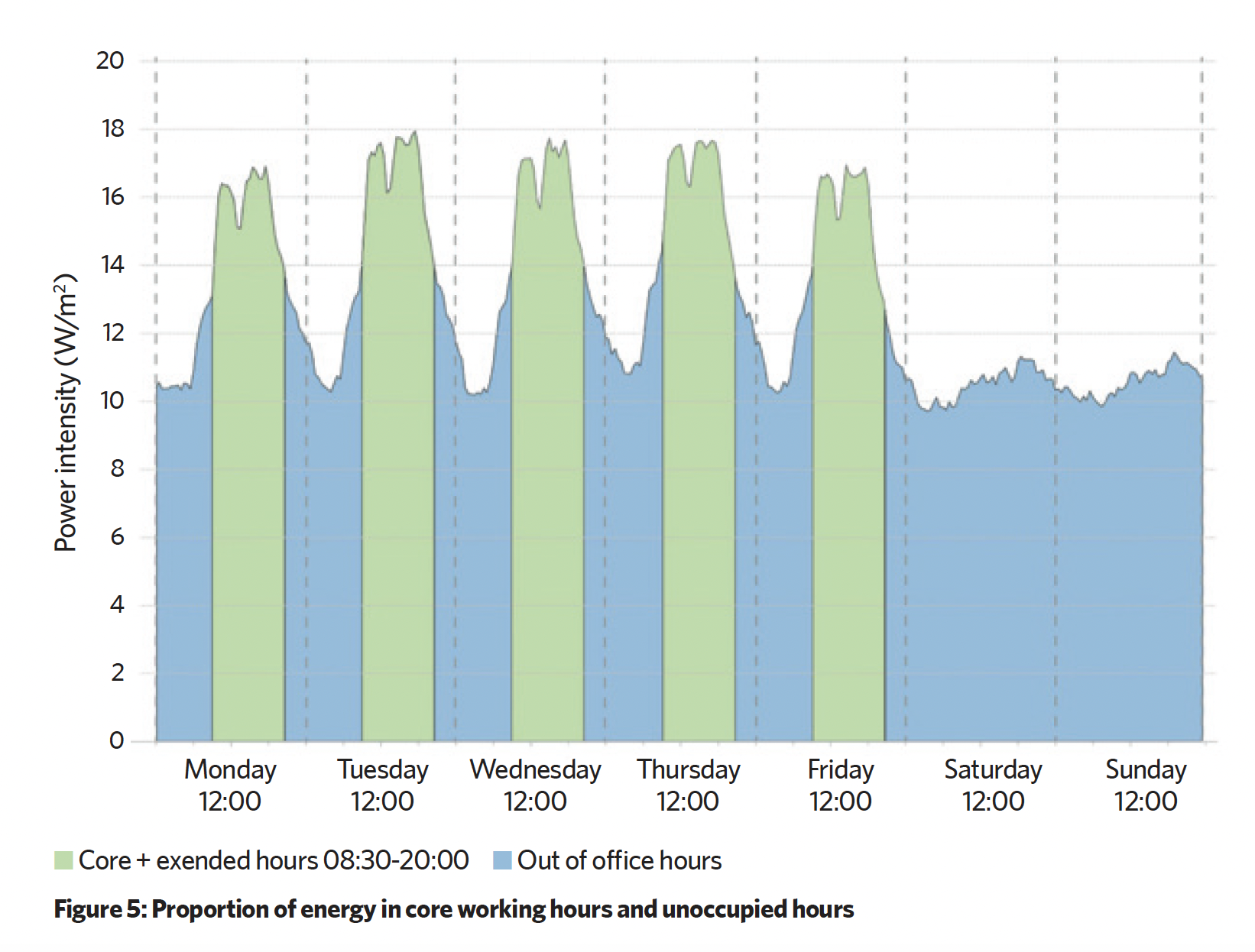
Reducing office power
To reach the target for net zero carbon operation, a large reduction in office equipment, server and lighting energy is needed. This must be balanced with the needs of the business, however, to provide a flexible working environment without compromising productivity or user convenience. The options in the panel (below) have the potential to reduce operational energy.
Options for net zero ready operation
Option 1: improving energy efficiency
- Replace all desktop PCs with laptops. In a recent study, we found new laptops were 40-60% more efficient than PCs
- Optimise lighting controls
Option 2: enforce power off out of hours
- Turn off power to office floors out of hours
- Switch off lighting on office floors out of hours
Option 3: reduce extended hours working
- Restrict office hours to 9:00-18:00
Initially, energy efficiency equipment was investigated before considering changes to out-of-hours operations and then office hours. Although none of the options reduces office power EUI to the 25kWh·m-2 target, if we exclude server energy it is possible to reach the target with Option 2. With Option 3, reducing office flexibility results in further savings, but these are relatively small and would have a high impact on the operation of the office.
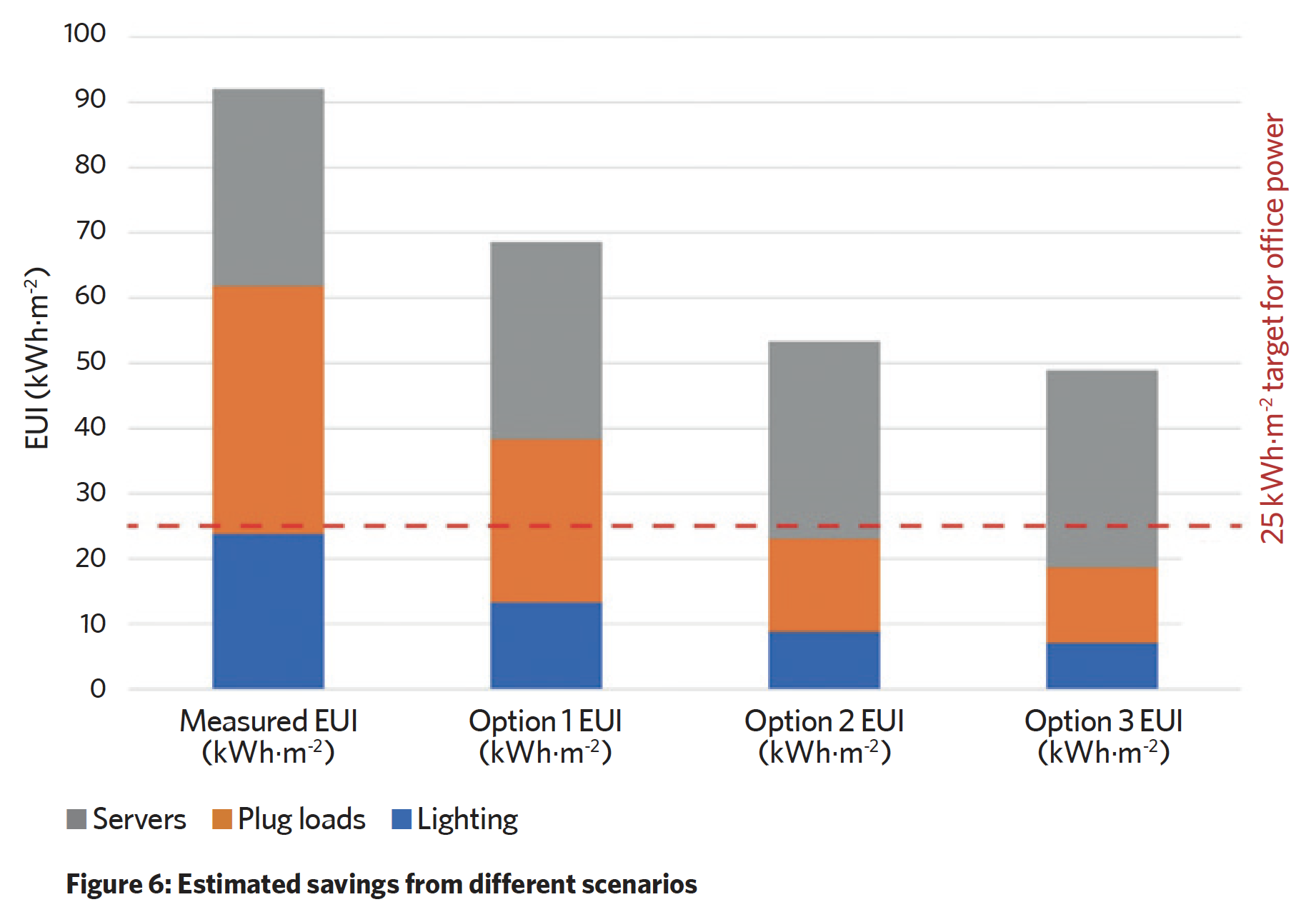
Efficient IT equipment should be used for significant energy savings with little impact on operations. Energy use should also be cut when the building is unoccupied – ideally by shutting down equipment. The importance of this is recognised elsewhere. For example, in California building regulations6 state offices must have controlled electrical sockets linked to occupancy sensors or timer controls. Something similar should be adopted in the UK.
More investigation is needed to address server energy consumption, which must be reduced in a net zero operational building. Server functions could be moved off site to cloud-based services, but the overall impact on energy use is not obvious and it may increase energy consumption elsewhere. One thing that is clear is that plug loads and IT equipment must be better understood by engineers if we are to design net zero ready offices.

Although not discussed in detail here, the HVAC system is being investigated by the facilities team for potential improvements to energy efficiency. Local override controls are being considered so that HVAC can be turned off centrally by default for out-of-hours periods and enabled only if needed. This should reduce the overall plant run times. Further into the future, we would like to introduce natural ventilation for mixed-mode operation by altering the glazing system to add opening panels. Natural ventilation has recently been introduced to the nearby main studio building and is being monitored to assess impact on energy use and indoor air quality.
Finally, the impact of home and hybrid working is not investigated, but may be important for office EUI. As new working patterns are adopted, we need to understand how to adapt office design to minimise energy use.
References:
- Building Energy Efficiency Survey (BEES), 2014-15, Department for Business, Energy and Industrial Strategy
- Climate Change Committee, 2020, The Sixth Carbon Budget – Buildings
- 2020 Real Estate Environmental Benchmarks (REEB), 2021, Better Buildings Partnership
- 2021 Benchmark results, 2021, GRESB
- Review and predict the plug load density changes in future net zero ready office environment, 2022, Master’s dissertation, UCL Bartlett
- Building energy efficiency standards for residential and non-residential buildings (Title 24, Part 6, and associated administrative regulations in Part 1), 2022, California Energy Commission

